EXHIBITION DATES
4 November 2004 – 23 January 2005
La Cinematheque quebecoise, Montreal, Quebec
8 April – 5 May 2005
The Images Festival, Toronto, Ontario
25 September – 12 October 2005
Seoul Net & Film Festival, Seoul, Korea
EXHIBITION CATALOG
Edited by Brett Kashmere
Montreal: Telecine Editions and Concordia University, 2005
First edition of 500 signed and numbered editions.
ISBN: 0-9736523-0-6
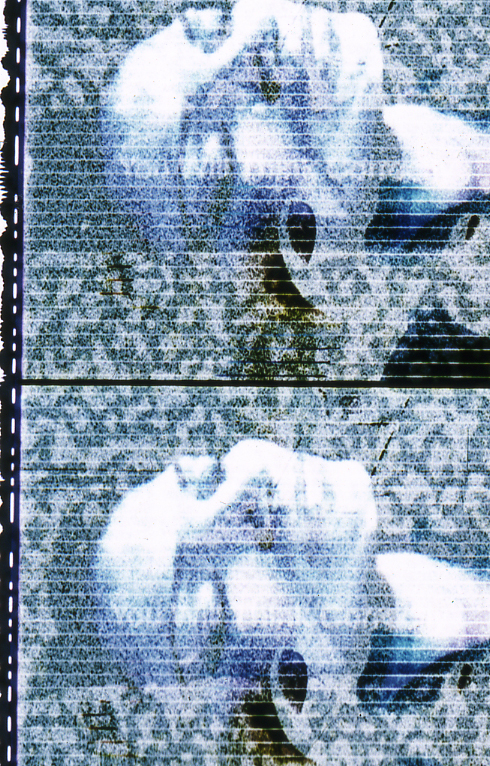
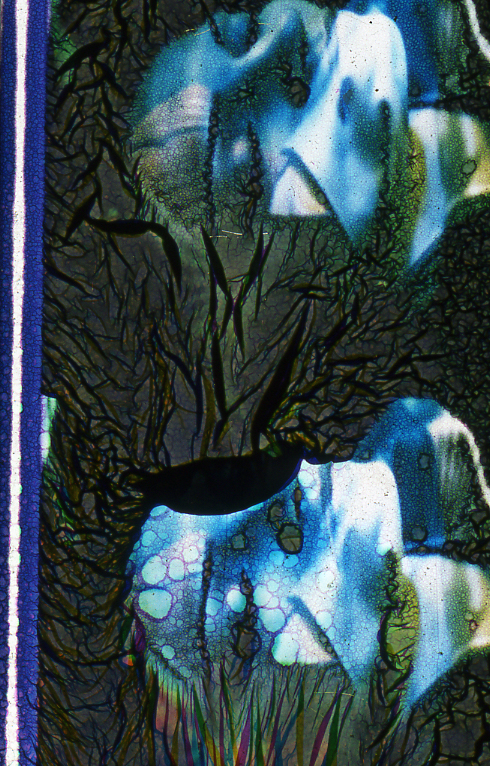
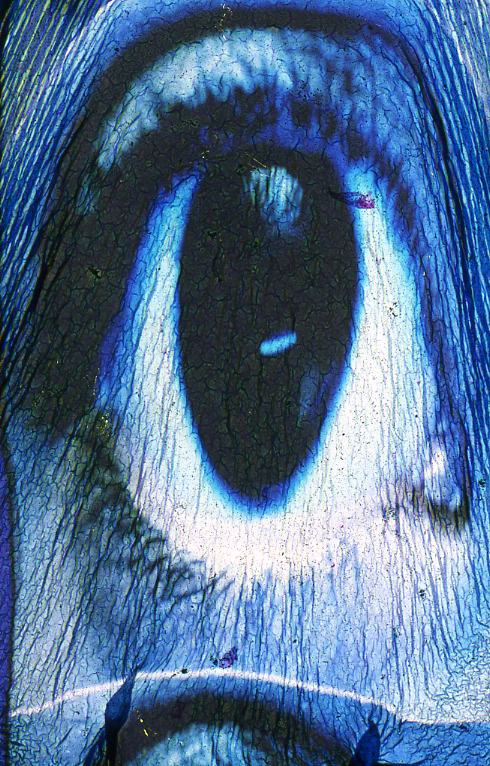

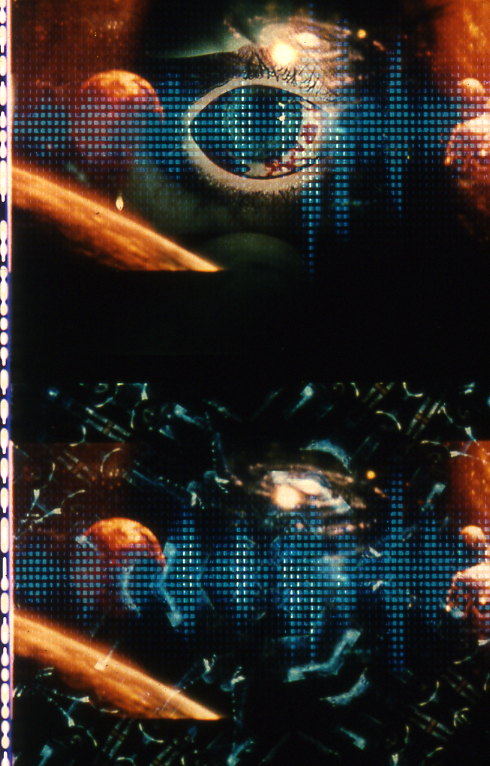
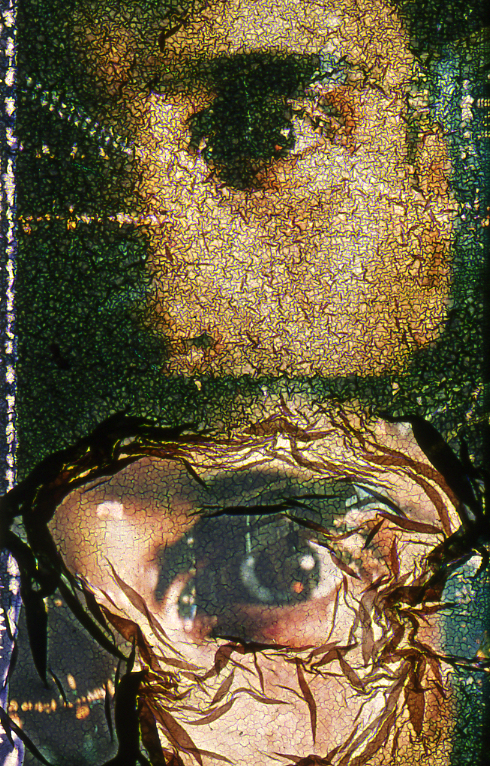
CONTENTS
Taking Inventory / Le Grand inventaire
Introduction by Brett Kashmere
Notes, Drawings and Ideas for Industrie / Industry
Richard Kerr
Richard Kerr's Recuperation: After Motion Pictures and Les Collages de Hollywood
Essay by Bart Testa
Richard Kerr's Stilled Cinema: Instilled Visions, Distilled Revisions
Essay by Gerda Johanna Cammaer
Melodrama for a Dying Medium: Richard Kerr's Adventures on the Periphery
Essay by Randolph Jordan
Re-making collage d'hollywood
A dialogue between Brett Kashmere and Michael Rollo
Stealing from the Dream Factory: Collage, Montage, Hollywood and the Avant-Garde
Essay by William C. Wees
TROUBLE
Program notes by Astria Suparak and Brett Kashmere
DVD
collage d'hollywood (Richard Kerr, 35mm film, 2003, 8 min)
hollywood decollage (Richard Kerr, digital video, 2004, 9 min)
le bombardement le port des perles (Richard Kerr, 35mm to digital video, 2004, 8 min)
Demi-monde (Richard Kerr, 35mm slide show, 2004, 25 min)
A Family Thing (Gerstyn Hayward, audio collage, 2004, 60 min)
Taking Inventory / Le Grand inventaire
Brett Kashmere
The Montreal-based filmmaker, visual artist and professor Richard Kerr has been an important presence in Canadian avant-garde cinema for nearly three decades. Since his initial filmmaking forays as an a member of the mythic “Escarpment School” that developed at Ontario’s Sheridan College in the late ‘70s, Kerr has proven to be a protean filmmaker of his generation. Beginning with poetic documentaries (Hawkesville to Wallenstein, Canal) and spontaneous cinema verité (Vesta Lunch), progressing to multi-part experimental narrative (On Land Over Water [Six Stories]), political film essay (The Last Days of Contrition, Cruel Rhythm), structural landscape film (Plein Air, Plein Air Etude, The Machine in the Garden), auto/ biography (never confuse movement with action, i was a strong man until i left home) and found footage (collage dʼhollywood), Kerr has mastered many genres. Following a transitory, mid ‘90s sortie into dramatic fiction (the willing voyeur...), Kerr reconditioned his artistic practice by including installation work, digital video “sketching” and “motion picture weaving.”
Kerr moved towards tactile, handmade techniques after experiencing the creative restrictions of narrative cinema’s industrial apparatus. Most celebrated is his novel use of discarded Hollywood features and trailers and his own outtakes. The filmstrips are woven and slotted between plexi-glass in large, steel-wrapped wooden boxes and back- lit with fluorescent tubes. From a distance these translucent, criss-crossed film skeins appear as colourful geometric abstractions. Only upon closer inspection do they reveal their miniature representational sources.
Expanding on Kerr’s previous “meta-cinematic” installations from the ‘90s (Overlapping Entries and The After Motion Picture Series), Industry is a multidisciplinary exhibition consisting of a re-mixed digital projection of his film collage dʼhollywood, a dual projector slide show of “stilled cinema,” a new suite of motion picture weavings, and a set of human-scaled Cibachrome film frames embossed in beeswax. Assembled from a cosmic assortment of 35mm “Coming Attractions” that were boiled, bleached, melted, painted on and manipulated with household cleaning products, the work in Industry attempts to reverse the flow of this ubiquitous advertising form.
The term “meta-cinema” is often used to describe the cinematic work of contemporary visual artists such as Douglas Gordon, Stan Douglas, Pipilotti Rist, Pierre Huyghe and Sam Taylor-Wood. The film scholar and historian Thomas Elsaesser also describes meta-cinema as “a cinema that sits on top of the cinema ‘as we know it’, and at the same time is underpinned by the cinema ‘as we have known it.’” Elsaesser’s explanation forms an interesting analogy for the present (in-between) state of cinema as it moves away from photochemical processes and towards digital ones, out of the black box and into the white cube.
“Industry,” understood in its multiple English meanings as (1) organized collaborative activity; (2) the production, manufacture, or construction of a particular product or range of products; and (3) diligent hard work, invokes complex and ironic allusions in this artisanal context. Mimicking Hollywood’s factory model and glamorous production values, Kerr undercuts these references to the motion picture industry through electro/chemical experimentation and transformation (known in the United States as “fair use”). Once a product of the commodity industry, the appropriated material in Industry is deformed and de-commodified only to become a commodity once again. This paradox, of the commercial/non-commercial, is one of the exhibition’s defining features.
